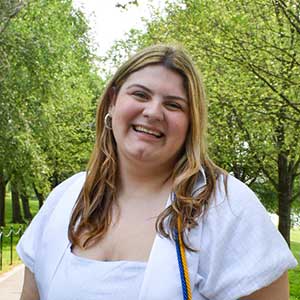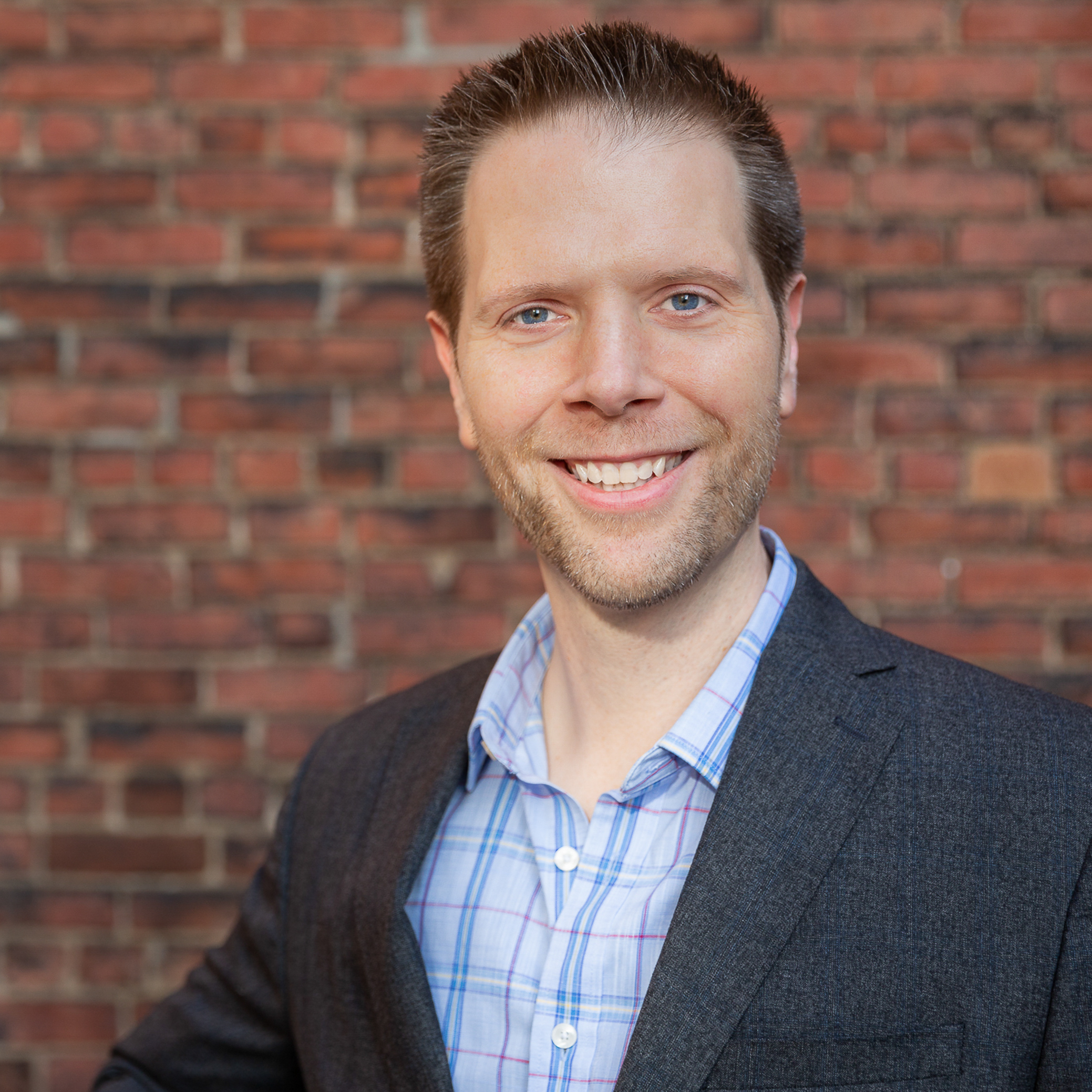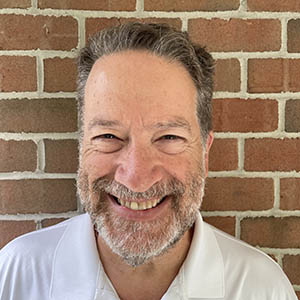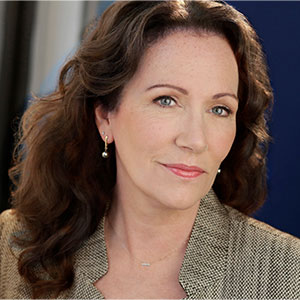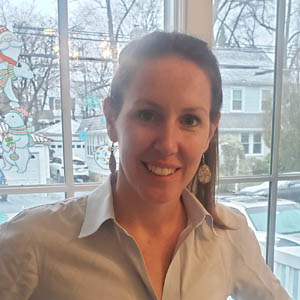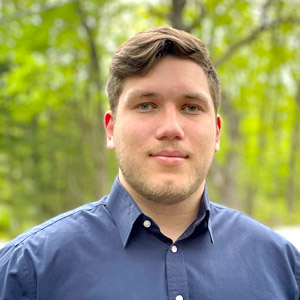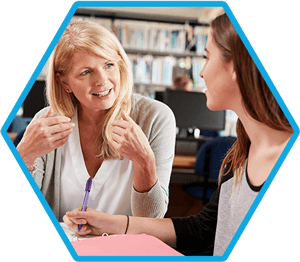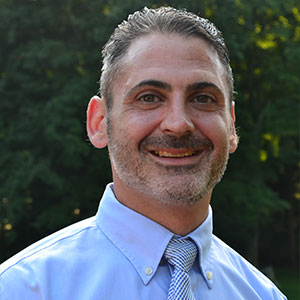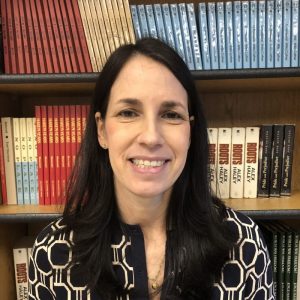For any learning community to retain teachers and students (especially first timers) it is critical to maintain trust, value, guidance, and the feeling of being special. Study after study has shown that teaching and learning is “not about the money.” Teachers will teach for free, and students will pay infinite sums of money if they feel that what they are doing is making a difference, that their work is appreciated, and that they belong to a supportive community that encourages growth.
Here is my roadmap for how to make a learning community work in increasingly blended learning environments.
Trust
Schools are the centers of every community they are a part of, and for that reason they are a trusted resource for many. That trust is sacred and can be easily broken when it appears to either party that respect for their best interest has not been realized. This is especially true for the students because they are more vulnerable in the relationship. Therefore a learning community must encourage trust, for it is the key to deep and long lasting learning relationships, which are the social glue that keeps everyone together.
Currently many blended platforms provide a supportive network online with communication features such as social media integration including Facebook and Twitter, (which is usually used for peer-to-peer communication more than teacher-to-student connection, and can be quite a public means of contact, but it is possible it will develop and increase it’s subtlety and social complexity) and academic and technical support through live chat, survey or form requests, but mostly through email.
It is important to continue community building and to deepen the bonds that connect the community not only online, but in person as well. The face-to-face social experience can lead to deeper levels of trust. Additionally my experience working with students inside and outside of the school has taught me that working with students in a variety of social environments, such as sports teams and clubs, and in an assortment of power dynamics, such as coach, mentor, and fellow student, helps to break down walls of difference, increase understanding, ultimately leading to in-group attachments and higher trust.
Here are some sample ideas for trust building:
Goal:
More informal and personal events should exist where students and teachers can have an opportunity to socialize around common causes and shared interests.
Action Steps:
- Analyze current teachers and learners for major themes such as sports, education, science or hot topics such as celebrities or the iPhone , and also arrange by geographical proximity.
- Organize social outings or events that are specific to a major theme or an open theme. (Events can be small- a dinner party, or large- a team for a walkathon)
- Provide space on the learning community’s website for users to sign-up for events and to post comments and pictures from their outings.
Value
It is important that students and teachers have a clear sense of value in their experiences with any learning community. While student and teacher feedback is effective, I truly encourage the use of a learning currency that would allow students and teachers to invest in each other, and to truly have some skin in the game. Words are great but “money truly talks” and money is the physical representation of value for many. There are few things more valuable than knowledge, and as a result knowledge is worth a lot of money! Knowledge is the most powerful currency in the world therefore learning communities should monopolize on creating a market that clearly trades it, in a productive and open environment. A learning currency would validate the level of expertise of the teacher or learner.
Goal:
Create a Learning Currency (LC) that members use to value learning or teaching experiences.
Action Steps:
- Start slow by allowing users to earn 1LC for every course taken and 2 for every course taught.
- Students and teachers can award each other LCs.
- Students and teachers can use their LCs to attend classes or social events.
- Everyone can see how many LCs you have.
Guidance
Mentorship is important. I would match up a seasoned teacher with a new teacher. Then I would match up a new student with a mid level teacher. The leadership and mentorship roles would encourage a sense of support, community, and being vested in the community. Providing leadership opportunities raises self-esteem of teachers. A seasoned teacher would thrive on the opportunity to “give back” after they have had such success. A new teacher would love the opportunity to connect with someone at the top of his or her game. A mid level teacher would feel empowered by the role of welcoming a new student to the learning community. The goal here is to create a community where everyone has a vested interest. The learning community becomes an invaluable, integrated, and central resource not just for learning but for relationships, and career advancement as well.
Goal:
Ensure that all members have a meaningful mentoring relationship established.
Action Steps:
- Create a function on the learning community online platform that allows members to request a mentorship from another member, and be open to a request for mentorship.
- Provide events and outings specific to mentors and mentees.
- Allow mentors and mentees to award each other LCs.
Special
The X Factor for everyone especially in modern society is being on the cutting edge. Everyone wants what is new, innovative, and usually therefore limited. The learning community should be the portal for the most advanced, cool, and exciting learning experiences possible.
Goal:
Brand the learning community as the frontier of learning experiences.
Action Steps:
- Have a section of the learning community’s website focused on research, news, and editorials about learning and education.
- Host learning conferences and featured speakers that push the envelope of learning and provide research based validity to the learning community’s platform.
- Be willing to try new products, and theories out, and encourage all community members to participate with testing and feedback.

